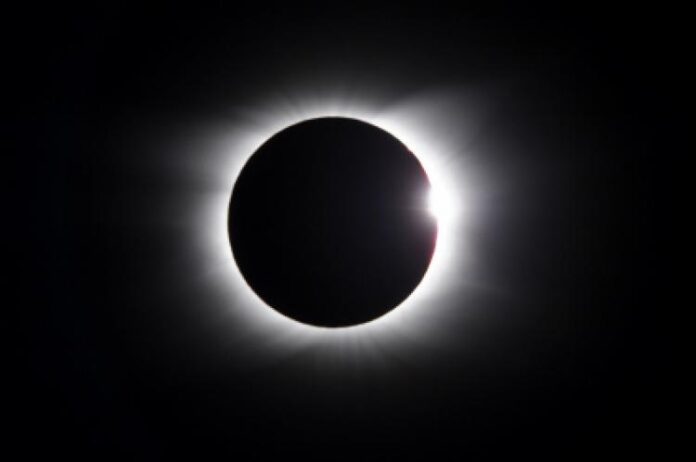It has been reported that the 20th March solar eclipse phenomenon that covered much of the Europe finally had a damaging effect on the power grids, to some extent.
Regulators calculate that nearly 35 GW of solar energy was eliminated with the eclipse, occurring since 16 years.
During the previous eclipse, solar power made up only 0.1 percent of all Europe’s electricity produced from renewables, which has now increased to at least 5 percent.
A 75 percent drop in solar energy was expected to occur in Europe. The countries that depend on solar power on large scale such as Germany, Italy, Spain and France were prepared for the event.
It is assumed that if people avoid using much electricity after the eclipse, then the grids can effectively recover.
In addition, this event will help researchers better prepare in the future, as they increase the use of solar power. The eclipse was an effective test that provided data for grid workers, helping them to determine how to handle such situations in future.
Nevertheless, now it will take many years for Europe to deal with another complete eclipse that threatens their use of solar power.
https://youtu.be/SeL9CGwgcZM
At 38.5 gigawatts of capacity Germany has more solar PV installed than any other nation.
During eclipse, there was a massive drop and rapid increase in solar power. The eclipse cut off 65 to 80 percent of incoming sunlight. The country went from 21.7 GW to a low 6.2 GW and reached back to 15 GW after the event.
Germany’s electricity utilities faced a challenge of making sure that the resultant huge solar power production fluctuation will not destabilize the grid.
The engineers were prepared well ahead of time, coordinating all plants across the country, aimed at stabilizing electricity supplies backing up with fossil-fuelled power plants, so as to avoid any sudden voltage fluctuations.
To balance out the incoming solar power, electricity output from some of output-controllable power plants were throttled back carefully to keep total power supplies stable.
However, Italy disconnected 30 percent of solar capacity to reduce their network balancing problem.
Sabeena Wahid
editor@greentechlead.com


Eclipse Solar de 20 marzo 2015: http://youtu.be/0P9FbK1k6Xg